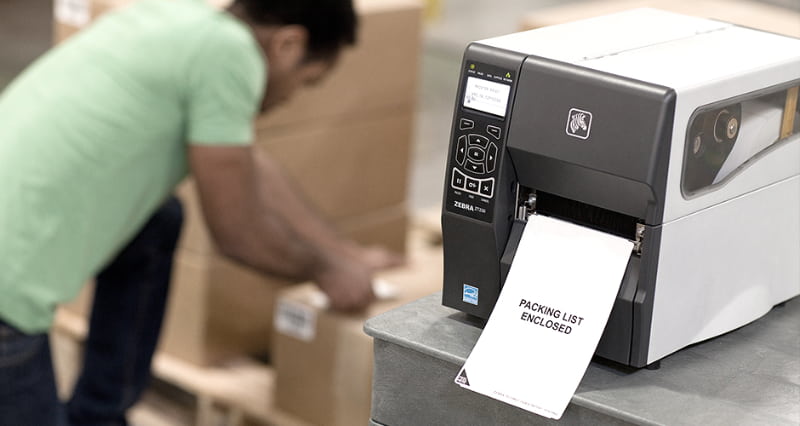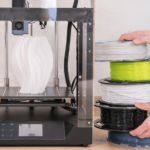Thermal printing technology has become one of the most popular technologies for printing labels, receipts, tickets, tags, plastic cards and much more. This is due to the high efficiency and speed that these printers offer, the low cost of consumables and operation, and their relatively low maintenance requirements. If you’re a small or a medium business owner who needs a label printer, a desktop thermal printer is arguably the best solution for you. Some of the common uses for desktop label printers include asset labels, product labels, address and shipping labels, outer case labels, wristbands, and receipts and tickets.

In order to get the ideal desktop thermal printer for your needs, you should consider your daily print volume. Generally, desktop printers are great for printing up to 500 labels a day, if you need significantly more than that, you might want to consider a larger, industrial-range printer. Furthermore, you need to consider the footprint of the printer. Small workspaces that have limited space need a smaller printer. Luckily, desktop label printers are relatively small in size when compared to other types of printers. Lastly, you need to consider the label size (width of the label to be printed). Label sizes vary depending on the desktop printer model, but most desktop printers can print up to 102mm or 4-inch labels. If you need a wider print, you might want to consider industrial-range printers instead.
Once you’ve got all of that figured out, you need to consider whether you want a thermal direct or thermal transfer desktop printer. Thermal direct printing technology is a digital process that produces images by heating special thermal paper selectively as it passes over the print head. The areas that are heated turn black, thus producing the wanted image or text. This printing technology is ideal for printing labels whose life is short, or for prints where the product is stored away from direct sunlight and at low temperatures.
Thermal transfer technology, on the other hand, takes advantage of a heat-sensitive carbon ribbon instead of heat-sensitive paper. However, it still features a thermal print head. That being said, the heat-sensitive carbon ribbon is melted onto the label which results in the wanted image or text. These labels are usually tougher, making them less prone to scratches or fading. If the label is going to be exposed to higher temperatures, rough conditions, direct sunlight or if it’s expected to last for a long time, then a thermal transfer printer is ideal for your application.














